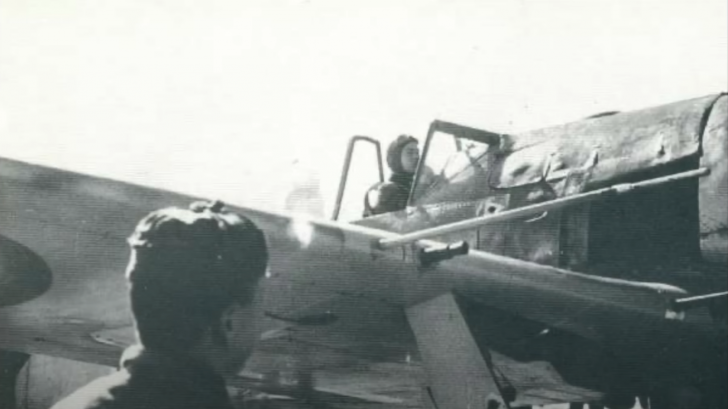Did you know that the Imperial Japanese Army, Navy, and Air Forces also operated WWII-era German planes?
Close Ties
Germany and Japan maintained friendly relations in the mid-30s, a partnership that would eventually culminate with the two joining forces together with Italy on September 27, 1940.
He 100s and 112s
One of the first German planes sent by ship were three Heinkel He 100 fighters, one of the fastest fighters of its generation. The Japanese loved the Heinkel 100 and quickly scheduled it for production, but the increasing intensity of the war in Europe led to production not pushing through.
However, the Heinkel He-112 would serve with the Japanese Navy after purchasing twelve of them for the war in China. It was phased out of service before 1941.
Comparing Bf 109s With Zeros
Japan would later purchase five Bf 109E-7s to disassemble and compare them with their other aircraft. After evaluating the well-respected German fighter, Japan still believed that the Zero was a better aircraft overall and decided not to pursue more 109s.
Though shocking, the decision was merely based on the fact that the 109s did not have the adequate range to be operated in the Pacific theater.
Used For Inspiration
Some German planes were used for inspiration, too. After Japan imported two He-118s for evaluation, its design would influence the Yokosuka D4Y Suisei dive bomber.
The He 70, a bomber/reconnaissance aircraft, also inspired the Aichi D3A Val dive bomber.
Fisler Fi-156 Storchs was redesigned and built by the Japanese as the Kobeseiko Te Go.
Japan’s Kawanishi Baika became possible only because an Argus pulsejet engine was sent in 1943. Similarly, parts of the Me 163 Komet were sent to Japan, were reverse-engineered, and became the Mitsubishi J8M1 – which was almost similar to the German aircraft.
Plans for the Me 262s were also sent to Japan, which then developed a very similar aircraft that only reached the prototype stage – the Nakajima Kikka.
21 Me 108 Taifuns were also bought, along with an Fw 190A-5, an Me 210A-2, and a Ju-87 Stuka.
A Quick Ending
All of these German aircraft would end up getting either destroyed by American bombings, scrapped by Japan themselves, or captured by the US after the war.
Meanwhile, the only Japanese aircraft confirmed to be used by Germans were three Nakajima flying boats purchased by the German Navy for anti-submarine patrols in Malaysia.



